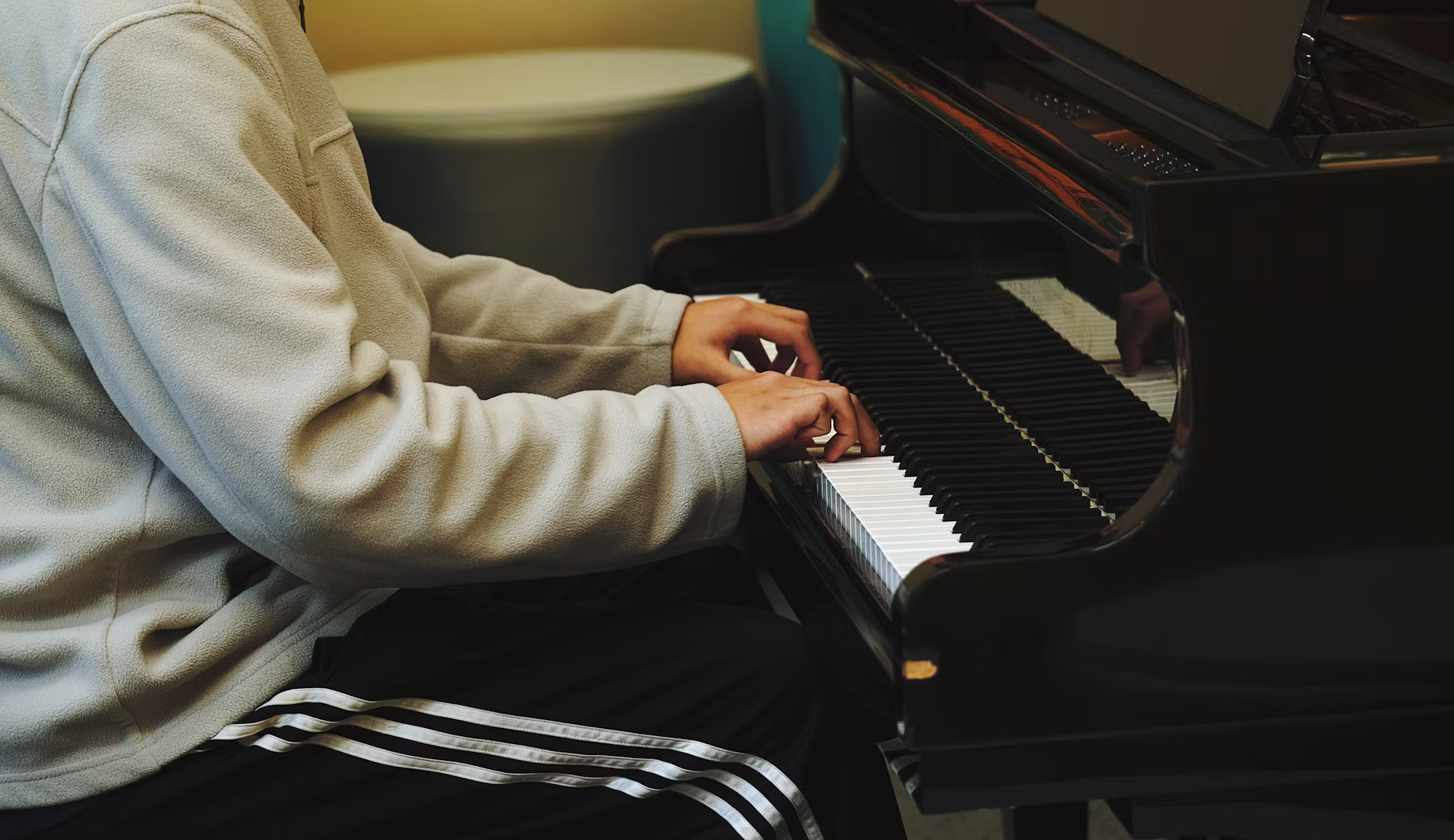Piano improvisation is a captivating form of musical expression that allows musicians to create spontaneous melodies and harmonies in real-time. This art form has evolved over centuries, drawing from various genres, cultures, and individual creativity. In this article, we will explore the techniques of piano improvisation, its historical significance, and how it continues to inspire musicians today.
The Historical Roots of Improvisation
Improvisation has been a part of music since its inception, with early musicians relying on spontaneous creation as a key element of performance. In the classical tradition, composers like Johann Sebastian Bach and Wolfgang Amadeus Mozart were known for their improvisational skills. Bach, in particular, would often improvise complex fugues during performances, showcasing his mastery of counterpoint and harmony.
During the Classical and Romantic periods, improvisation remained a vital skill for pianists. Franz Liszt, for example, was renowned for his ability to create dazzling variations on themes in the moment, captivating audiences with his virtuosity and creativity. This tradition continued into the 20th century, where jazz emerged as a genre heavily reliant on improvisation. Artists like Duke Ellington and Thelonious Monk brought new dimensions to the art, blending technical skill with innovative musical ideas.
Techniques for Effective Piano Improvisation
To embark on the journey of piano improvisation, one must first develop a foundation of musical knowledge. Understanding scales, chords, and harmonic progressions is essential. Pianists often start by practicing basic scales and chord structures to build familiarity with the keyboard. This foundational knowledge allows for greater freedom during improvisation, enabling musicians to navigate their instrument with confidence.
One effective technique for improvisation is the use of motifs—short musical ideas or phrases that can be developed and transformed. Pianists can create a motif and explore various ways to alter it, whether through rhythm, dynamics, or harmony. This approach encourages creativity while providing a cohesive structure to the improvisation.
Additionally, practicing call-and-response techniques can enhance improvisational skills. This involves playing a phrase and then responding to it, either by repeating it with variations or contrasting it with a different idea. This dialogue between the pianist and the music fosters spontaneity and allows for a deeper connection to the improvisational process.
The Role of Genre in Improvisation
Improvisation is not confined to a single genre; rather, it thrives across various musical styles. In jazz, for instance, improvisation is often based on established chord progressions, allowing musicians to explore melodies and rhythms within a framework. The ability to listen and interact with other musicians is crucial in jazz improvisation, creating a dynamic and collaborative atmosphere.
In classical music, while improvisation is less common in formal settings today, it still holds a place in certain performances and educational contexts. Classical pianists are encouraged to explore improvisational techniques as a means of developing their creativity and musicianship. This exploration can lead to unique interpretations of classical works, infusing them with personal expression.
Improvisation as a Tool for Self-Expression
Beyond technical skills and genre knowledge, improvisation serves as a powerful tool for self-expression. It allows musicians to convey emotions, tell stories, and explore their musical identities in real-time. Pianists can draw inspiration from their surroundings, life experiences, and emotional states, creating music that resonates with their listeners on a deeper level.
Many musicians find that improvisation becomes a form of therapy, providing an outlet for emotions and a way to process thoughts. The act of creating music in the moment can be liberating, allowing individuals to connect with their inner selves and express feelings that may be difficult to articulate through words. This personal connection to improvisation enhances the overall experience, both for the performer and the audience.
The Influence of Technology on Improvisation
In recent years, technology has played a significant role in the evolution of piano improvisation. The advent of digital audio workstations (DAWs) and software instruments has opened new possibilities for musicians. Pianists can now experiment with layering sounds, effects, and loops, expanding their creative palette.
Moreover, online platforms have democratized access to improvisation resources. Aspiring pianists can find countless tutorials, masterclasses, and performances available at their fingertips. This accessibility encourages musicians to explore their creativity without the barriers that once existed in traditional music education.
The Community Aspect of Improvisation
Improvisation is often enhanced by collaboration and interaction with other musicians. Jams and workshops provide valuable opportunities for pianists to connect with peers, share ideas, and learn from one another. These communal experiences foster a sense of belonging within the music community, encouraging growth and experimentation.
Moreover, participating in collaborative improvisation can lead to unexpected discoveries and innovative musical ideas. When musicians come together, their unique perspectives and styles contribute to a rich tapestry of sound, resulting in a shared creative experience that is both exhilarating and rewarding.
Conclusion: Embracing the Art of Improvisation
The art of piano improvisation is a journey of self-discovery, creativity, and expression. It transcends musical boundaries, allowing musicians to connect with their emotions and share their stories through spontaneous creation. As we continue to explore the depths of this art form, we discover not only the beauty of music but also the power of human connection.
Whether you are a seasoned pianist or just beginning your musical journey, embracing improvisation can unlock new avenues of creativity. By developing foundational skills, experimenting with techniques, and engaging with fellow musicians, you can cultivate your unique voice in the world of piano music. The possibilities are limitless, inviting you to explore the infinite landscape of sound and expression.
